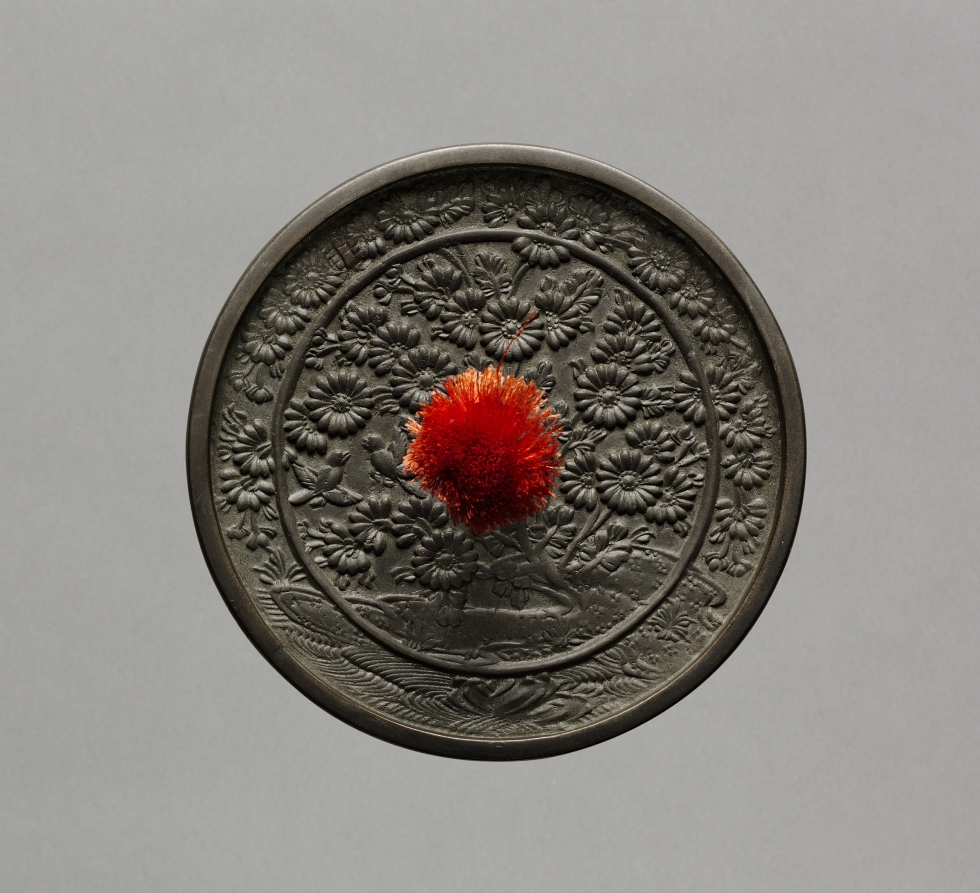| schema:description 9 | "type: Metalwork" |
| schema:description | "creditline: Gift of D. Z. Norton" |
| schema:description | "culture: Japan, Kamakura Period (1185-1333)" |
| schema:description | "wall_description: The Japanese used chrysanthemums as decorative elements on mirrors. In the Heian period, a chrysanthemum with cranes or long-tailed birds was a common motif. Later, in the Kamakura and Muromachi periods, chrysanthemum designs were divided into three patterns with different symbolic associations: Chrysanthemum with Cranes represented longevity; Water Flowing suggested longevity as well as the Noh drama Kikujido, or Chrysanthemum Boy; and East Fence alluded to the poem "Drinking Wine" by Tao Yuanming (AD 365-427). Here, the mirror featuring Buddhist iconography (<em>kyojo</em>) and a chrysanthemum design on the back shows that the flower was also appreciated in the context of Buddhism in the Kamakura period....(more)" |
| schema:description | "technique: bronze" |
| schema:description | "collection: Japanese Art" |
| schema:description | "measurements: Diameter: 10.7 cm (4 3/16 in.)" |
| schema:description | "tombstone: Mirror, 1200s-1300s. Japan, Kamakura Period (1185-1333). Bronze; diameter: 10.7 cm (4 3/16 in.). The Cleveland Museum of Art, Gift of D. Z. Norton 1917.640...(more)" |
| schema:description | "id: 98012" |

